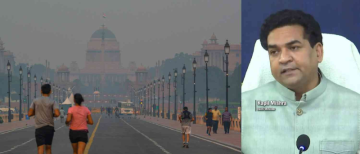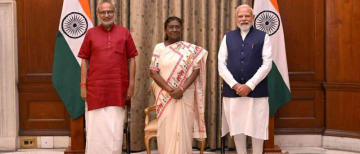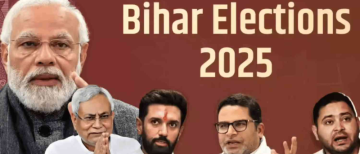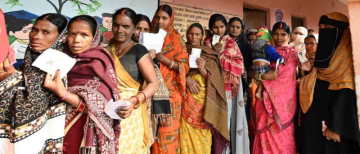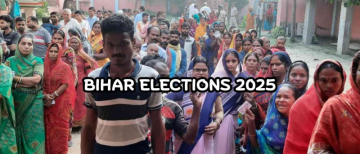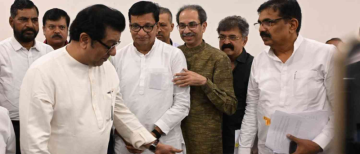The Bihar Assembly elections of 2025 are shaping up like a complex game of chess, where political parties and leaders move strategically to gain an edge. Understanding the "Chessboard of Bihar 2025" means decoding various alliances, caste dynamics, and demographic factors that strongly influence the election outcome.

The political arena in Bihar is dominated by three main players: the Bharatiya Janata Party (BJP), the Rashtriya Janata Dal (RJD), and the Janata Dal (United) or JD(U) led by Nitish Kumar. These parties are not just competing alone; they form alliances to maximize their chances of winning. For example, BJP leads the National Democratic Alliance (NDA), while RJD heads the Mahagathbandhan or the Grand Alliance with partners like Congress and some left parties. There is also a significant role played by smaller parties and new alliances like AIMIM, which is trying to expand its reach beyond its traditional voter base.
The alliance math means understanding how these parties and alliances decide which seats to contest, which groups of voters to focus on, and who will support whom. In Bihar, caste and community loyalties play a big role. The JD(U) has a stronghold among Kurmi voters and some Other Backward Classes (OBCs). The BJP mainly draws support from upper castes like Bhumihars and Rajputs, plus some urban and Muslim voters. Meanwhile, the RJD gathers votes mostly from Yadavs and Muslims but aims to widen its base among Dalits and OBCs.

The big question for many voters and observers is how these alliances will hold up, especially with Nitish Kumar's shifting loyalties in the past. The BJP is keen to assert itself independently and reclaim ground lost previously, while RJD and Congress want to translate their combined strength into a decisive victory. Meanwhile, the entry of AIMIM into the Bihar political landscape could affect the calculations, particularly in certain Muslim-dominated areas.
People are also focused on real issues beyond alliances. Jobs for youth, migration challenges, unemployment, development, law and order, and governance are at the forefront of public concern. Voters want clear answers on who can provide better opportunities and safer communities, not just which alliance looks stronger on paper.

Bihar's political scenario shows that elections here are more than just winning seats; they reflect a struggle to balance caste identities, economic development, and social justice. The chessboard strategy by parties to form coalitions and target specific voter blocks reveals how complex and layered Bihar's democracy has become.
In conclusion, the 2025 Bihar elections are a carefully played game of political alliances and strategies. Understanding this chessboard helps decode how parties aim to build winning combinations while addressing voters’ real needs. The outcome will shape Bihar’s future path, making it important for citizens to look beyond alliances and focus on issues that matter to their lives.

This read reveals the interplay of Bihar’s caste politics, alliances, and pressing public issues, offering a clear and neutral glimpse into the state’s upcoming electoral contest. It reminds voters and observers alike that in this political chess game, every move impacts the lives of millions across Bihar.
With inputs from agencies
Image Source: Multiple agencies
© Copyright 2025. All Rights Reserved. Powered by Vygr Media.








